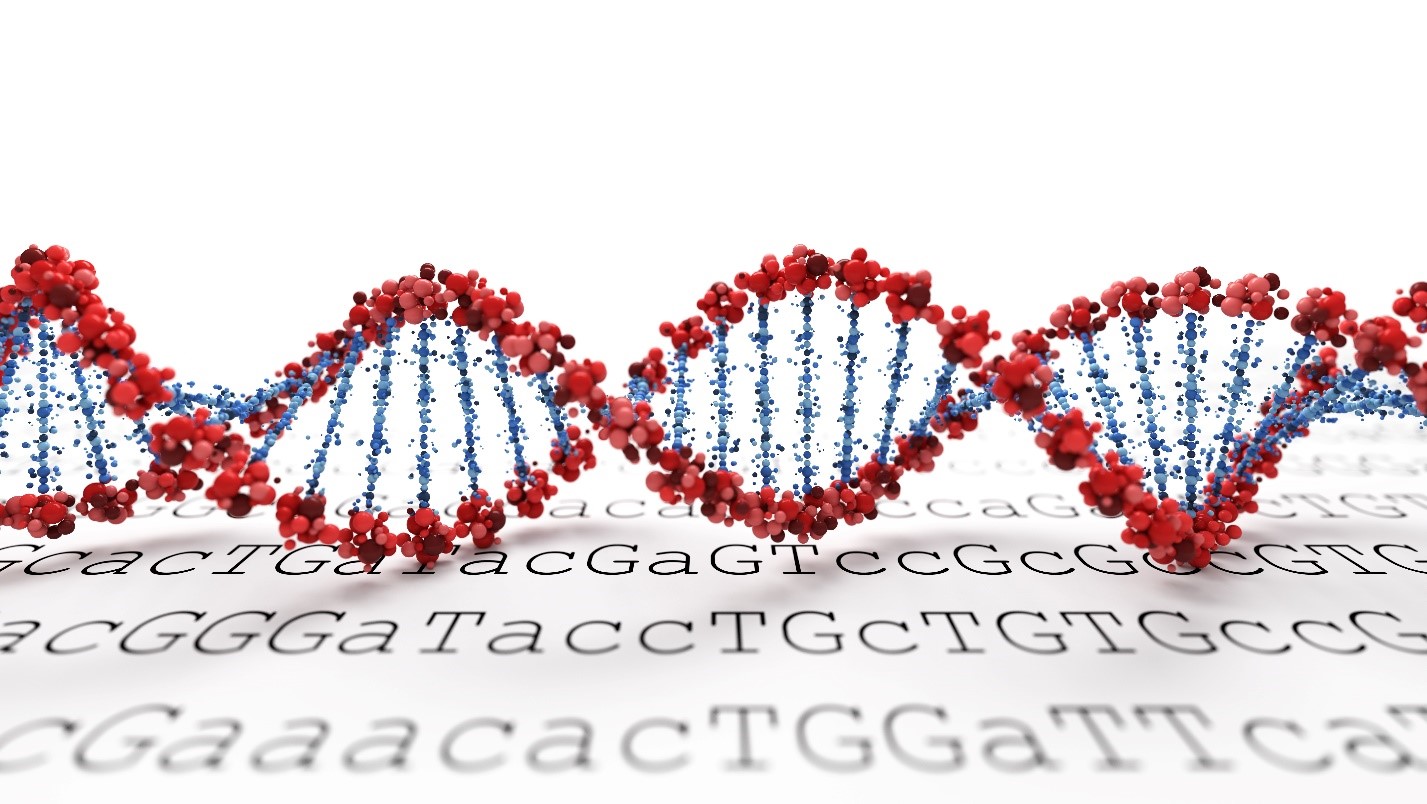LEARN MORE ABOUT SIGNATURE MUTATIONS
Fill out the form below so that we have all the information we need to follow up with you.

Genetic knowledge continues to increase at a rapid pace, transforming not only the practice of medicine but also toxic tort litigation. See our previous posts on this topic (e.g., here and here), our webinar, and our comprehensive white paper titled The Litigator’s Guide to Using Genomics in a Toxic Tort Case for more detailed information on how genomics is changing the landscape of toxic torts.
Over the past decade or so, researchers from across the globe have been relentlessly using sophisticated high-throughput methods to analyze genomes obtained from many human cancers. While the primary purpose of these studies is to gain a better understanding of how to destroy tumors based on their genomic profiles, the new information is also opening new avenues for defining genetic pathways to cancer that can be used to great effect in toxic tort cases.
An important feature that has emerged from this new genomic knowledge is known as “signature mutations.” In short, specific exposures cause specific patterns of mutations to occur in tumors. Therefore, these mutation patterns within the cancer tissue serve as a clear marker for that specific exposure (hence the term “signature mutation”).
Signature mutations have been observed across many different cancer types and can provide a genetic record of the exposure that caused the cancer. To date signature mutations have been identified for a variety of cancers caused by several different exposures, including (among others) tobacco smoke, UV radiation, and some pharmaceutical drugs. These signature mutations are cataloged in various databases such as the Catalogue of Somatic Mutations in Cancer (COSMIC), and new bioinformatic tools – such as Mutational Signatures in Cancer (MuSiCa) – are increasingly becoming available for non-specialized researchers to characterize signature mutations in cancer samples.
So, how might signature mutations be relevant to a toxic tort defense?
Let’s assume a plaintiff with a clear history of tobacco use presents with a lung cancer plaintiff counsel alleges was caused by low dose asbestos exposure. Using well-validated genomic techniques, the plaintiff’s tumor could be assessed for the presence of signature mutations known to be associated with tobacco use (these signatures persist for many years after smoking cessation). If present, the signature mutation would provide a rigorous alternative cause defense that the plaintiff’s cancer was caused by tobacco use; not by asbestos.
Of course, this defense strategy must be used in the right case with the right set of facts. Prior to invoking this defense, attorneys must take into consideration the benefits and potential pitfalls of such an approach. ToxicoGenomica excels at helping our clients select the right cases to pursue with a genomic defense.
To learn more about signature mutations and how they might help with your next alternative causation argument, fill out the form below.
Fill out the form below so that we have all the information we need to follow up with you.